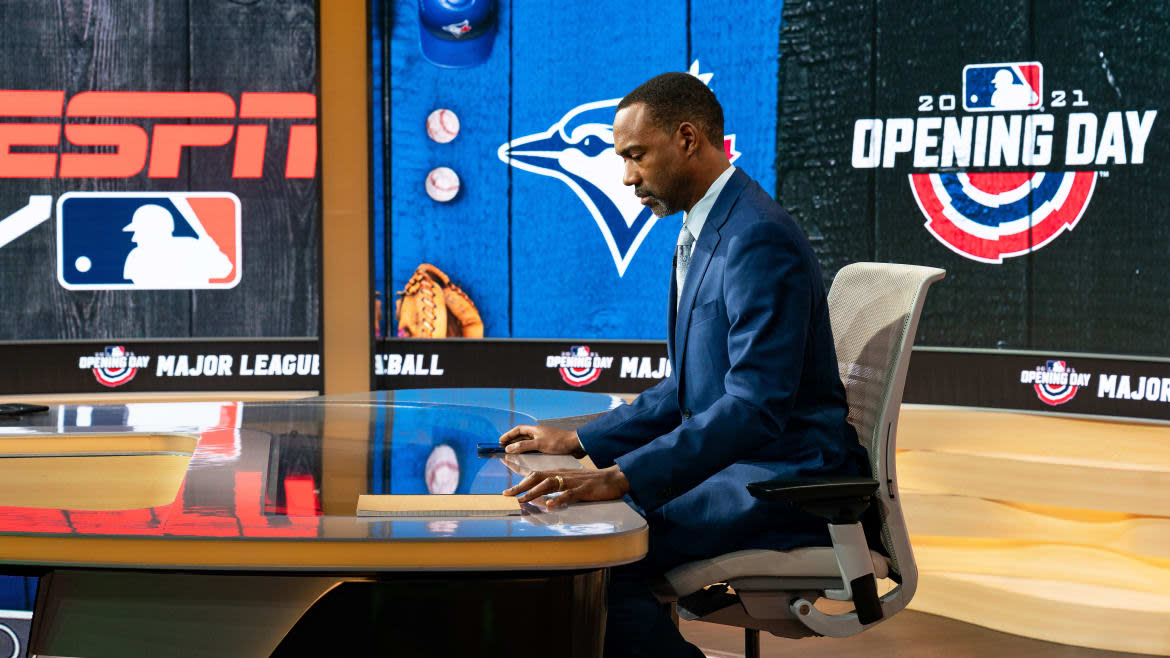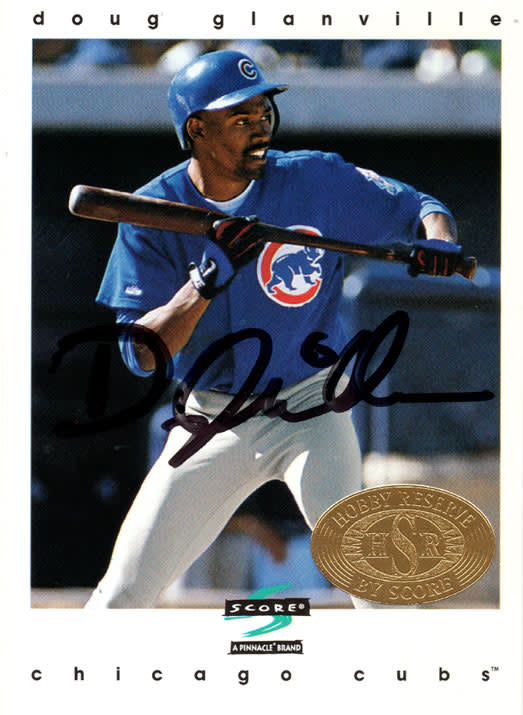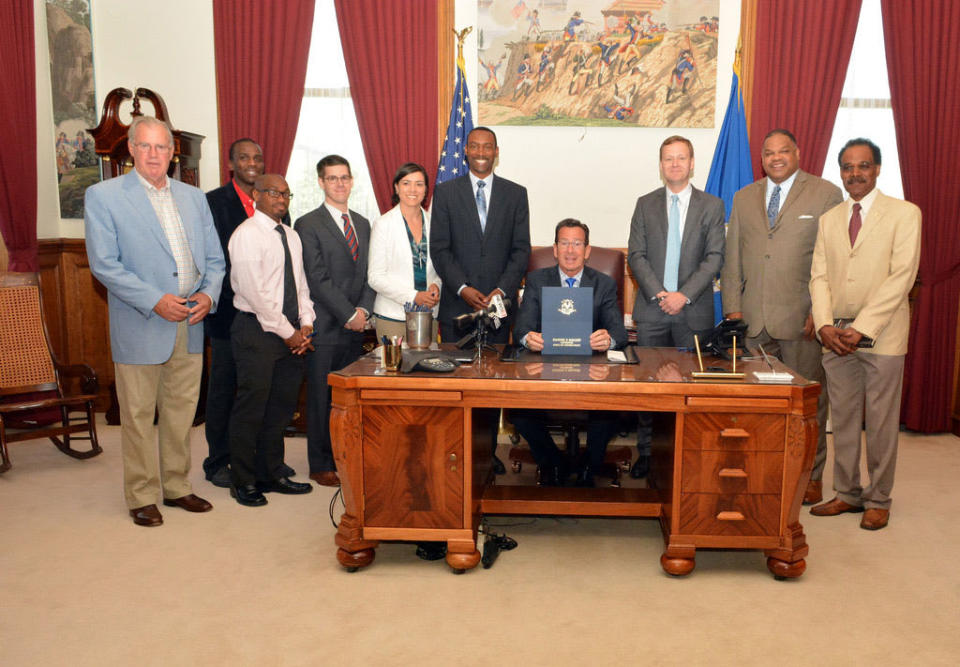An Out-of-Town Cop Came After Me ‘in My Own Driveway’

- Oops!Something went wrong.Please try again later.
- Oops!Something went wrong.Please try again later.
- Oops!Something went wrong.Please try again later.
This is an excerpt from the book The Moment: Changemakers on Why and How They Joined the Fight for Social Justice, edited by Steve Fiffer and to be published by NewSouth Books this November. The author of more than a dozen books, Fiffer most recently collaborated with the late civil rights icon Dr. C.T. Vivian on his memoir, It’s in the Action. For The Moment Fiffer interviewed more than 35 activists of all ages, backgrounds, and professions. Among those featured “in their own words” are Bryan Stevenson, founder of the Equal Justice Initiative; Don Katz, founder of Audible.com; and award-winning writer Edwidge Danticat. Excerpts featuring Jackson, MS Mayor Chokwe Antar Lumumba and Professor Ebony Lumumba, Zev Shapiro, Renee Montgomery, and Christian Picciolini appeared here earlier this year.
Doug Glanville, 52, has worn many hats. He was the first African American graduate of an Ivy League college (Penn) to play major league baseball. He spent nine seasons patrolling the outfield for the Philadelphia Phillies, the Chicago Cubs, and the Texas Rangers, before retiring in 2004. Since then he has written for The New York Times, The Atlantic, and other major publications, and has written a book about baseball, The Game From Where I Stand. He has taught social justice-related courses at Penn, Yale, and University of Connecticut; and he’s worked in-studio and in the broadcast booth for ESPN.
He is committed to improving community policing and raising the quality of public education through school equity and enhanced programming to support students of diverse backgrounds and educational needs. The Cecil E. Glanville Scholarship Fund, founded in memory of his father, helps qualified students attend college.
Doug Glanville: When I was five or six, I was at summer camp and we were supposed to sit in a circle and hold hands. The kid next to me refused. He said something like, “I don’t hold hands with darkies.”
The thing that was so powerful about that moment was that I didn’t actually internalize it. I didn’t think, Oh, I’m bad. It was more like, What’s wrong with him? I remember the counselors whisked me away. They were horrified. I told them, “I’m OK. It’s his problem.”
My dad was from Trinidad and came to the United States in the mid-1950s as a 31-year-old freshman at Howard University, after he had been long-established as a teacher. He came with a certain hope beyond the words and tenets of America—believing in this opportunity to live them and holding America to them. He eventually got his medical degree and established a psychiatric practice. My mom was raised in the Jim Crow South. She was a born teacher, embracing her parents’ emphasis on education. Early on, she set the tone for educational reform while growing up in North Carolina and employed that passion when she and my dad settled in Teaneck, New Jersey.
In 1964 Teaneck became the first community in America to use busing to voluntarily desegregate its schools. My mom not only embraced that but was on the front lines of doing even more. She ran a Saturday program teaching African American students the history that wasn't being taught in the schools.
I watched my parents reach out to so many different people to say, “We, as a town, want to commit to not just inclusion as a buzzword, but a real way of life.” Watching that, I saw the work that was involved. I saw the benefits. I saw the hope.
This Rams Legend Is Hellbent on Tackling the NFL’s Racism
That’s not to say the incident at camp was the only time a racial slur was thrown at me. When I was ten, I was walking home from school, and a man sitting on his porch called me the N-word, waved a switchblade, and dared me to come over. This was in the town that I extol the virtues of. I thought, Am I going to die? I heard similar stuff after high school baseball games when our team played in towns that didn’t like Teaneck’s diversity.

Doug Glanville's autographed baseball card from the Chicago Cubs.
As time went by, Glanville’s experiences mirrored those of many people of color—even though he was at an Ivy League school, even though he was a major league baseball player, and a familiar face on television. A college teammate worked out draped in a Confederate flag. Other teammates chastised him for wearing a yellow ribbon protesting the expulsion of a Black student. A Mercedes dealership ignored him as he looked at the cars on its showroom floor. Cab drivers at airports shunned him.
At some point, I realized the “It’s not my problem“ response I’d had as a five year old wasn’t the best way to bring people together. I started to understand the power of outreach and being able to engage people you don’t necessarily agree with, or who just haven’t had the same experience.
He did so in one-to-one and group conversations through op-ed pieces and his book. That philosophy was put to the test in February 2014. Glanville was shoveling snow in his driveway in Hartford, CT, when a policeman from West Hartford, the next town over, pulled up, got out of his car, and began questioning him. The cop apparently thought Glanville was the” Black man in a brown coat” reported to have gone door-to door in neighboring West Hartford offering to shovel snow. Such solicitation is not a crime, but the exchange with the shoveler led to the police being called after someone identified him at a much later time. Glanville was wearing a black coat, which, to the policeman, was apparently close enough to justify a confrontation at his house.
I was literally standing in my own driveway. It felt like I was robbed, like my security in this space, my home, was being taken. It took a minute to just come down. Why was he there? You have an officer from another town stopping someone across this border and no introduction, no anything. Coming at me demanding to know if I’m shoveling for money. It was absurd, but I just didn’t know what to do. I also was thinking about my own safety.
After I established that this was my driveway, the policeman left. No apology. When my wife—a former public defender—returned from a Black History Month event with our kids, she wrote a letter to our neighbor, a state rep. Slowly, supportive neighbors came and we started to form a response, consider some strategies.
One important thing I found in working on these solutions is retaining an open mind. Yes, it was offensive, but I didn't have all the information I needed. Maybe the policeman had been pursuing some gunman. I tried to give him the benefit of the doubt—that it could have been a high stress situation that caused him to skip over certain pleasantries or rules about crossing town lines, which actually did exist.
The first step was understanding. I met with the Hartford chief of police, the West Hartford police, that town’s city manager, and chair of the board of education. West Hartford is a bedroom community, and many of its residents had been embarrassed to hear what had happened.
After processing all this, I wrote an article for The Atlantic, which the editors titled, “I Was Racially Profiled in My Own Driveway.” I was more comfortable with the subtitle: “A retired Major League Baseball player explains how he’s trying to turn an upsetting encounter with the police into an opportunity for dialogue.” I soon received some blowback. Critics said I was overreacting. After all, I hadn’t been shot, or even tasered. What was the big deal?
I learned from my parents and from my baseball career to play the long game. I like to quote the character Ragnar Lothbrok from the historical television drama Vikings, who paraphrased the English poet John Dryden in proclaiming, “Never underestimate the fury of a patient man.”
When you play that long game, you have to have a certain confidence in justice and believe that your effort is righteous. Unfortunately, it didn’t take long for some dominos to fall that persuaded some of my critics that the effort was just. Within months, two unarmed Black men died at the hands of police in high profile cases—Michael Brown in Ferguson and Eric Garner in Staten Island.
The months that followed were like an episode of Schoolhouse Rock. After much research and numerous meetings with everybody under the sun—the state attorney general’s office, councils and committees and officers and lawyers—we determined legislation was the best option. As the bill’s sponsor, State Rep. Mathew Ritter explained, “The objective of the new law is to stop incidents where police officers are crossing town lines for the sole purpose of enforcing a municipal ordinance which carries nothing more than a civil penalty. A police officer should only cross town lines for emergencies, with a warrant, or to enforce criminal laws.”

Doug with Governor Malloy and others at Glanville Law Signing.
I had avoided the media for weeks, but after the bill passed by consent, I broke my silence: “Our country is unquestionably at a crossroads, and I believe the way we were able to legislatively address my experience is an important part of the puzzle. We have seen protests, tears, frustration, collaboration, legislation, sometimes violence, and I am glad that I was part of a process that was open, peaceful, strong, and legally sound.” Hopefully, by limiting police to working in their own towns where they have a better understanding of the residents and the neighborhoods, we’ll be able to avoid high stress encounters that, as we’ve seen all too often, can escalate with deadly consequences. Just to be on the safe side, I now wear a neon orange coat. I don’t want there to be any excuse for being misidentified.
I want to say that I am not an opponent of the police. I had a great youth league coach who was a volunteer policeman. Teammates became officers. Many of my dad’s patients were policemen, and when he passed, our family received a police escort from funeral home to cemetery. It was very moving to me personally. Still, when George Floyd was murdered in Minneapolis. I’d had enough and I saw it as an advantage that I could come from a place that showed me how the relationship between law enforcement and police could be positive. My way of engaging in that moment was to write and narrate a video essay that was presented on ESPN and ended up winning an Emmy. It’s titled “Enough.”
It takes 8 minutes and 20 seconds for sunlight to reach the Earth.
In that time, under its warm touch, the world saw George Floyd go cold under the bended knee of injustice and inhumanity.
We stopped, still granted the gift to breathe, trying not to stare, but unable to look away.
Then the tears flowed and the temperature rose.
The glistening streets became thoroughfares of protest until buildings burned under the recklessness of justifiable outrage and hopelessness.
Nothing had changed
We had once again ignored the disinfecting power of the sun.
We had silenced the voices of a people because their peaceful pleas were not made at the right time, at the right place, in the right way.
We were told once again to wait. Even when Martin Luther King Jr. implored us in his Letter from A Birmingham Jail that “this ‘wait’ has almost always meant ‘never.’”
And the face of smug indifference cast its shadow with self-serving and willful ignorance, defiantly staring into the heart of the sun until we were all blinded by the hate.
Staring with eyes that could see color, but not humanity.
Yet the sun rose again.
To give us another opportunity to be enlightened.
To help us see George Floyd as all of us and not just one of them.
Eight minutes and 20 seconds to realize that we all have the privilege to breathe when others can’t.
Enough time to lift a knee.
Enough time to say something.
Enough time to take a deep breath.
Enough time to not send that hateful tweet.
Enough time to ask why I am calling 911.
Enough time to wipe a tear.
Enough time to change a heart.
Enough time to be a teammate.
Enough time to listen.
Enough time to break bread.
Enough time to learn from our differences.
Enough time to raise a flag.
Enough time to pay our respects.
Enough time to love a country.
Enough time to say enough… enough.
We have had enough time to change.
But this time, too many times, the light did not illuminate.
Because we shielded our eyes.
From the reflection we did not want to see.
We are 8 minutes and 20 seconds too late.
And George Floyd is eternally nonresponsive because we were nonresponsive.
So let’s respond and make his death be our light.
When I write on these subjects, I’m calling out injustice. But I’m also framing it—saying, “There’s still hope.” My criticism is couched in the fact that I see great possibility. I’m not making a conclusion, a final state of affairs here. I’m saying this is a teaching point that we can actually build something on. I think when you see it that way, you bring more people into the solution. And when you bring more people into a solution, whether it’s a law, whatever it is, they invest in the outcome, and its future, because there’s no solution that’s completely elegant.
I’ve found that the best work is connecting to people, telling stories and communicating all along the way before the outcome. In fact, I’d argue that the engagement up until the final product is actually more important than the final product. It’s a long game and it’s fighting back against this idea that just because you’re Black or white that puts you on a side. Even though the dynamics of race are very real, the way I see it, there are no sides. You’re trying to center humanity.
Get the Daily Beast's biggest scoops and scandals delivered right to your inbox. Sign up now.
Stay informed and gain unlimited access to the Daily Beast's unmatched reporting. Subscribe now.

